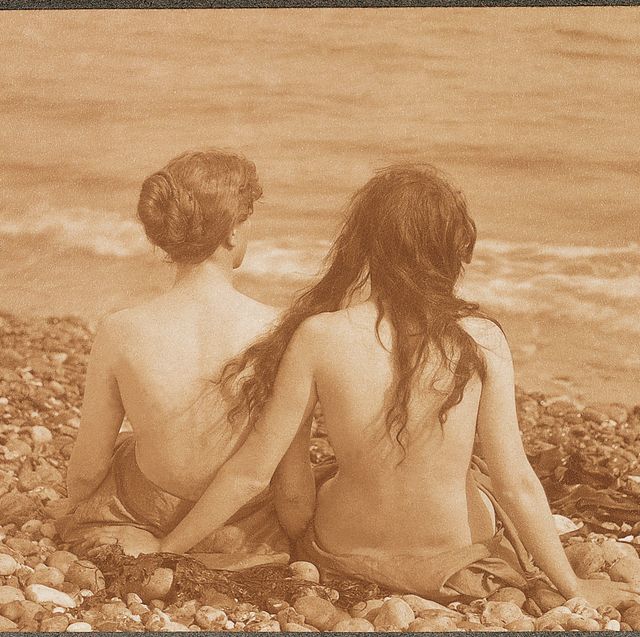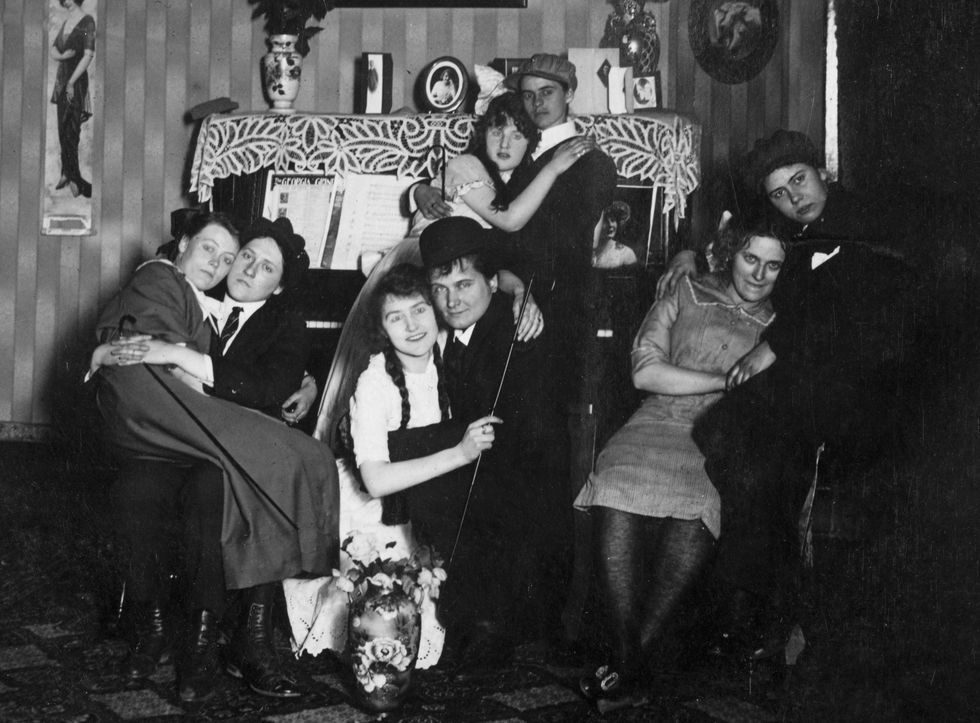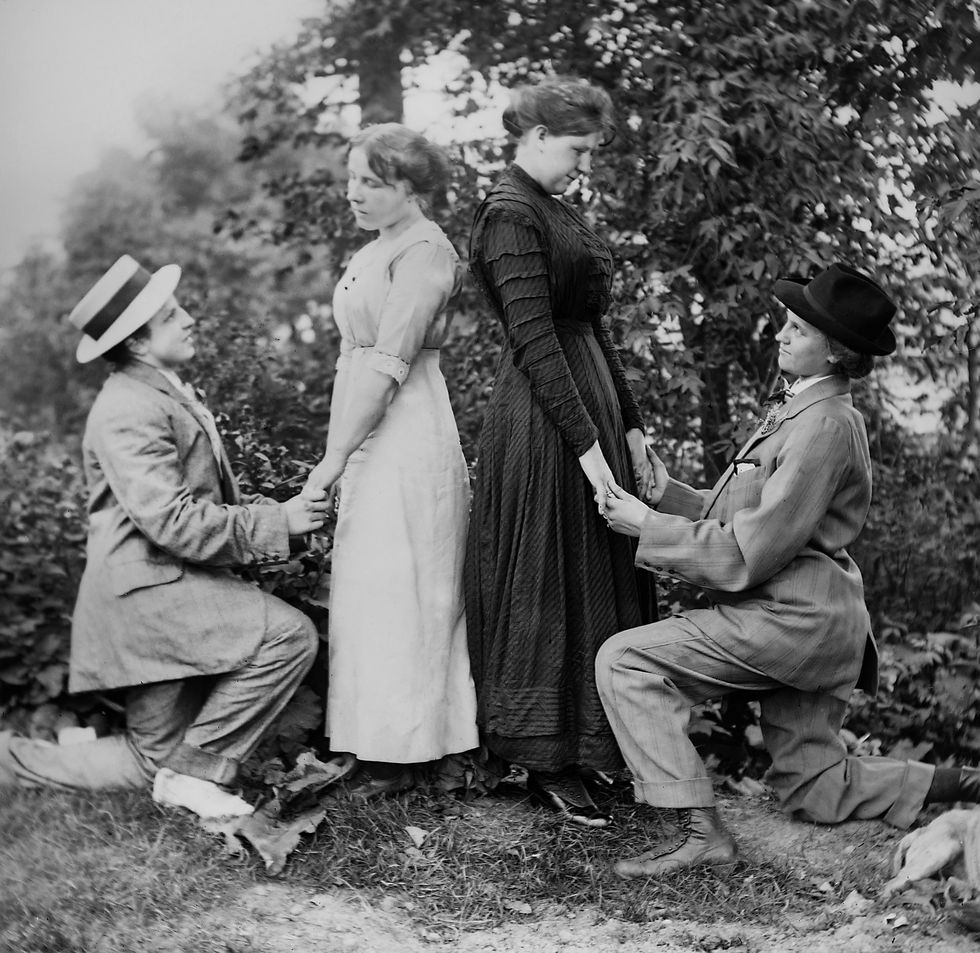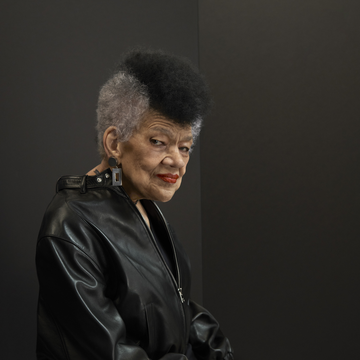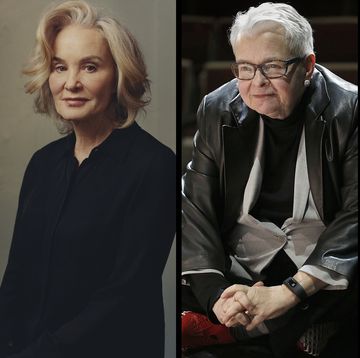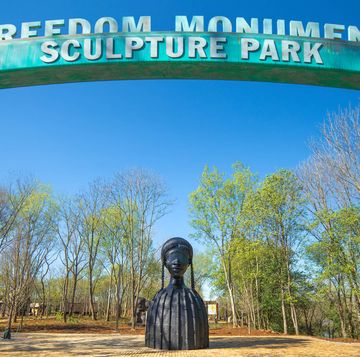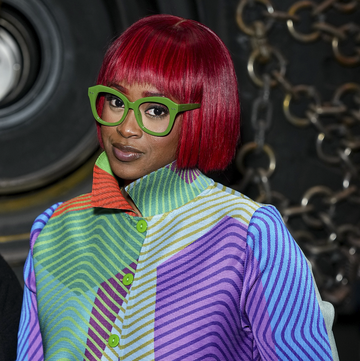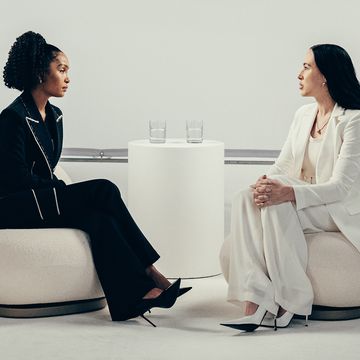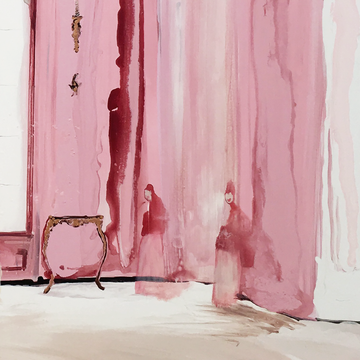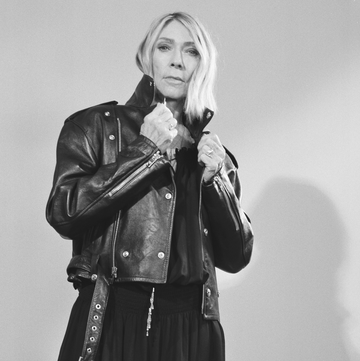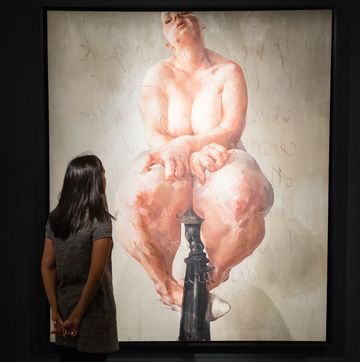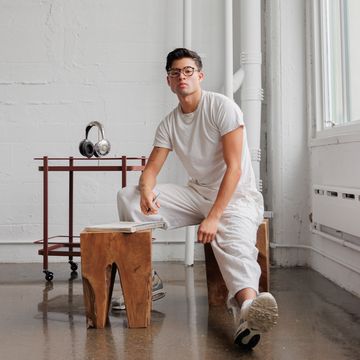Decades before a formalized queer activist movement popped up, a researcher named Jan Gay decided to seek liberation in a different way. Starting in the 1920s, with only a literature degree to her name, she interviewed queer women in cities across the world about their lives and identities.
For Gay, the research was a sort of Trojan horse. Other types of organizing in the queer community hadn’t worked: In 1924, just months after a small queer organization called the Society for Human Rights formed in Chicago, police raided it and shut it down. Gay saw her study as a subtler type of activism—a way to document the many shades of queer identity, but also to show the world that queer people were far more like the rest of society than they had been given credit. What made her research all the more radical is that Gay herself was openly a lesbian. Yet right when she was to the point of publishing, other academics stepped in and co-opted her work.
Today, we have many ways to remember Gay: as a picture-book author, a nudist leader, and the one-time roommate of Andy Warhol. But her most important work is largely lost to history. Her manuscript was never published under her name, and her experiences are recounted in only a few history books, including, most recently, in Hugh Ryan’s When Brooklyn Was Queer. In honor of the 100th anniversary of her birth this year, I have reconstructed parts of Gay’s life through material held at the Library of Congress and the Johns Hopkins Medical Archives, as well as from letters sent to me from a family member of Gay’s. These glimpses of Gay’s legacy highlight how early queer people envisioned research as a way to advocate for their community—and how they were nonetheless erased from that work.
Jan Gay was born with the name Helen Reitman on February 14, 1902 in Leipzig, Germany. Gay’s father, Ben Reitman, was a prominent doctor and anarchist activist, who also had a habit of womanizing. On July 4, 1901, he married May Schwartz, a music student from a wealthy family in Illinois. Soon after, the two of them traveled to Prague, the first stop in a larger European tour that the two had planned. Though accounts differ, at some point, Schwartz checked into an asylum in Leipzig, and Reitman returned to the United States,according to the Minneapolis Star Tribune. Gay was born while her mother recovered from mental health issues.
When Gay moved to the United States, she studied at Northwestern University. Afterward, she cycled through odd jobs: She wrote for the Chicago Examiner and worked as a translator at the publicity department for Mexico’s national train service. In 1927, to distance herself from her father, she changed her name to Jan Gay—either as a nod to the dual meaning of the word gay, or, more likely, as a reference to her mother’s family. (Gay was her maternal grandfather’s middle name.) Around the same time, she met Eleanor Byrnes, an illustrator who eventually took on the pseudonym Zhenya Gay. The two teamed up to publish a series of children’s books, including the 1931 picture book The Shire Colt. Gay also became an early figure in the nudism movement: She served as the director of the Out-of-Door Club, a nudist colony of 50 people in Highland, New York, where she encouraged researchers to study the psychological differences between nudists and people who wore clothes. In 1932, she published On Going Naked, a book that blends Gay’s own experience of nudism with a larger history of the nudism movement. When the book was adapted into a documentary called This Nude World, Gay wrote the script. Newspapers dubbed her “the leader of nudism in New York.”
But her core focus was always her study of queer women. In 1931,according to When Brooklyn Was Queer, she traveled to Berlin to meet the sexologist Magnus Hirschfeld. At Hirschfeld’s Institute for Sexual Science, a prominent research clinic, Gay read Hirschfeld’s “books and notes and records concerning homosexuals, seeing something of the treatment accorded them,” she wrote later. She loved Berlin, which she called “a center of letters and Lesbians” in one letter. She conducted in-depth interviews with many of her new acquaintances. By 1935, she had visited Oxford, Paris, New York, and Berlin, and interviewed roughly 300 queer women about their lives.
In one series of letters in 1939, Gay sent a printed questionnaire to universities like Barnard College. Her questions must have sounded peculiar to a school administrator in the 1930s: What was, Gay asked, the faculty’s attitude toward crushes or “passionate friendships” among same-gender students? Were psychiatrists available for those students? Were “the instances of sexual contact between girls numerous?”
Barnard College’s physician, Gulielma Alsop, wrote back the day after receiving her letter. “Homosexuality among students of Barnard College is not a problem of any magnitude,” Alsop said. When Gay sent the same questionnaire to other schools, only some expressed greater openness to the idea that they might have queer students in their ranks. Vermont’s Bennington College admitted to Gay that it had discovered “two or three” relationships between female students, and a doctor at Mount Holyoke said that three girls had “brought up the question of homosexuality” with her.
Up until that point, in the United States, research into queer people was highly clinical, and often done through a lens of contempt. Beginning at the end of the 19th century, American physicians churned out case studies of patients suffering from a disease they sometimes dubbed “sexual perversion,” usually with an explicit tone of contempt. The doctor William A. Hammond warned at the start of one paper that the case studies he was about to present might be “distressing and disgusting” to readers, but “so long as human nature exists such instances will occur and physicians must be prepared to treat them.”
When Gay had finished her interviews, she compiled them into a 70,000-word book, which she tentatively titled Sociological Aspects of Female Homosexuality. She said in one 1935 letter that an unnamed London press had accepted it for publication. But there was a hitch—her publisher wanted a more established scholar to “validate” her work, according to the book Departing from Deviance.
Gay contacted the gynecologist and birth control advocate Robert Latou Dickinson, who proposed that the two of them collaborate on a larger study of homosexuality. He recruited dozens of academics, many of whom were professional psychologists with little other connection to the queer community, to form the Committee for the Study of Sex Variants—the earliest research group in the United States to focus on queer people.
Gay was assigned a chaperone, a psychologist at New York Hospital named George W. Henry. Yet it was her research—and, more specifically, her connections in the queer community—that made the study possible in the first place. In its initial outline, the Committee for the Study of Sex Variants noted that the subjects of its study “were to be obtained through the services of Miss Jan Gay,” adding—euphemistically—that Gay had “close contact with this field for a number of years.” (The committee knew that Gay was queer. According to Departing from Deviance, one member called her an “avowed intermediate,” a reference to her sexuality.)
Gay introduced each queer person to the committee using only their first name and last initial. The research team asked hundreds of questions about each person’s employment history, family background, and sexual experience—covering everything from their diet in early childhood to their relationship to animals. Then, the researchers classified each person as either bisexual, homosexual, or narcissistic.
Gay soon found herself sidelined out of her own study. From the start, Gay and Henry had very different aims. While Gay saw the research as a way to showcase the variety in the queer community, Henry viewed queerness as a threat to the heterosexual order. He wrote in an early proposal that “homosexuality is a form of arrested psychosexual development which seriously interferes with reproduction.” The Committee was also interested in finding a biological basis for queerness. They paid Gay to “supplement” her research with stricter medical histories of each queer person, including by conducting X-rays, pelvic measurements, physical examinations, and hormone tests.
When friends and acquaintances of Gay sat for extended interviews with the researchers, they told her that the techniques felt invasive. In a September 1935 letter, Gay wrote to a researcher on the committee that three of her friends “went away from their interviews feeling that they had rather been made fools of,” and complained that the researchers’ callous approach to interviewing queer women was jeopardizing the study. Gay wrote in one letter, “When one of the foremost women painters in America gives up an afternoon and evening to such a study as this and the whole emphasis in conversation with her is placed upon the pattern of her sex procedure—with not even the vaguest mention of her creative and aesthetic and spiritual interests and development—something is, it seems to me, a little bit wrong.”
The committee did not seem to take her words to heart. In May 1939, when Gay read the manuscript for the committee’s research findings—soon to be the book Sex Variants: A Study of Homosexual Patterns—“My chief reaction is one of disappointment,” she wrote in a letter to the entire committee. Henry, she said, was letting his own sense of social morality “intrude upon what should be the true scientist’s impersonal, objective viewpoint.” While few of the queer people interviewed had criminal histories, Henry repeatedly compared them to “psychotics” and “criminals,” Gay wrote. Gay asked the committee to reconsider key aspects of the book, but they didn’t seem to take her advice.
Sex Variants, which was eventually published in two volumes, was not a commercial splash, but it did become a foundational queer medical text. Advice columns cited Henry’s research when they doled out tips on how to approach same-gender attraction. Almost entirely absent from the book, however, was the presence of Gay. Though Sex Variants was almost entirely based on her research, the paper credited her as only an editorial assistant.
After Sex Variants was published, Gay left science to work in public relations. In the 1940s, she began dating the dancer Franziska Boas and lived with her in a shabby apartment in Chelsea. In 1949, an up-and-coming artist named Andy Warhol moved in with the two of them. Gay and Boas helped introduce Warhol to the queer scene in New York. Vestiges of Gay’s early interest in nudism also lingered: According to the biography Warhol by Blake Gopnik, Gay paraded around their apartment in an untied kimono. She saw a therapist every day, whom she paid not with money but with daily dance lessons. At least once, after a violent outbreak, Gay was carted off to the hospital in a straitjacket.
When she died in 1960, Gay received a short obituary in The New York Times that described her only as a “publicist and author” whose book on nudism had “created a stir in the early Nineteen Thirties.” Her pathbreaking research on queer women was—and still is—forgotten. But understanding her efforts to showcase the nuances of queer identity as far back as the 1930s underscores the ways in which queer people were fighting for recognition even before the days of formalized queer activism. For decades, queer people have been attempting to change how they were portrayed in scientific and popular literature; if Gay’s story is any indication, they were just stripped of the opportunity to get it recognized.

Michael Waters is a writer whose work has appears in The Atlantic, The New Yorker, WIRED, Vox, The New York Times, and other publications.
